Pete Souza: From DHS to the White House
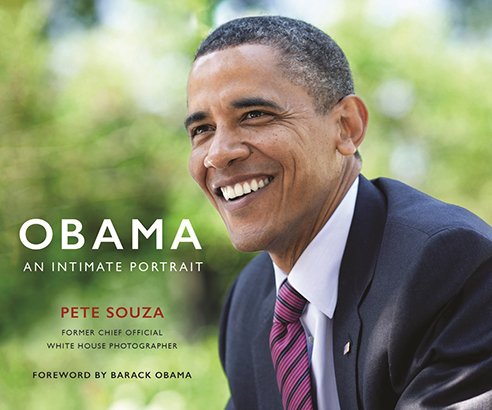
PETE SOUZA has two million photos of President Obama. He has been to all 50 states and 60-70 countries, including Afghanistan where he and a reporter rode over a 15,000 foot mountain pass on horseback, in the snow. Souza witnessed President Reagan toss paper airplanes over hotel balconies and exchange tense words with President Grobachev. In 2011, The New Republic listed him as one of Washington’s most-powerful, least-famous people.
Oh, and he graduated from DHS in the year 1972.
Before becoming the Chief Official White House Photographer for President Reagan from 1983-1989 and President Obama from 2008-2017, Souza was born in New Bedford and raised in Dartmouth, attending Dartmouth Middle School and Dartmouth High. He described himself as socially awkward and an average student, with a love for sports. “I was a sports fanatic,” he said. “I wasn’t good enough to play, but I usually had a connection to the teams in some capacity.”
His passion for photography did not begin to fester until he was a junior at Boston University studying public communication. He selected a photography elective and was soon hooked. “I didn’t know if I could do it as a career, but it was the first thing in my life when I was really interested in it and wanted to get better,” he said. “I thought it was just magic, being able to take a picture on a piece of film, develop it, and make a print in the darkroom. I just loved every part of it.”
After graduating, he applied for photography positions at The Standard-Times and another local newspaper, but was rejected.
Souza took a year off, working for his uncle’s business in New Bedford before attending a graduate journalism program at Kansas State University. While in school, he began working for a daily campus newspaper where he learned more about photojournalism. Upon graduation, he worked for newspapers in Kansas before landing a job as a photographer for The Chicago Sun-Times in the early 1980’s.
From there, thanks to a friend who was working as the White House photo editor, he became an official White House photographer for the Reagan administration.
Since Kennedy, presidents have had personal photographers with the exception of Jimmy Carter. The purpose of the job is to follow the president throughout his work day and create images to document the administration. Souza held this position from June of 1983 until the end of Reagan’s second term. He described his role as supplementing the chief photographer’s work.
In regards to his relationship with the president, he said. “I didn’t know Reagan at all when I got to the White House, so it took a while to establish a relationship with him. I was in my twenties and Reagan was in his seventies, so he was, in some ways, a grandfatherly figure.”
Despite Souza’s political philosophies not being aligned with Reagan’s, Souza was glad to have served under him. “He respected the job of the presidency,” he said. “I respect him as a human being, and I think you have to have at least that in order to do this job. Under no circumstances would I be able to work for the current administration. I wouldn’t event try.”
The two kept up a correspondence until Reagan’s Alzeheimer’s manifested around 1993. Souza served as the official photographer for Reagan’s funeral services and published two books, Unguarded Moments: Behind-the-Scenes Photographs of President Reagan and Images of Greatness:An Intimate Look at the Presidency of Ronald Reagan, to exhibit his photos of the president.
After the Reagan administration, Souza freelanced in Washington DC for nine years, his work being published in National Geographic and Life magazines. In 1998, he began working for The Chicago Tribune’s Washington Bureau, for which he was one of the first journalists to cover the war in Afghanistan. The only way to get to Kabul, the capital and center of the fighting, was through a 15,000 foot mountain pass on the border with Uzebekistan, which he traveled on horseback with another reporter in the snow.
What made the war special was that it was one of the first where digital cameras were advanced enough to send photos back to the United States in real time. “You were able to send pictures back right away. It was at times scary for me, but it was also pretty interesting,” he said. “I saw people get killed. I was there before we had any US troops on the ground, so I saw the hand to hand combat between different factions in Afghanistan but also the US air campaign. I saw a lot of big bombs being dropped from the air. It was very much the start of the war.”
Souza was still working for the Tribune in 2005, when he first met Barack Obama. He was taking part in a series covering Obama’s first year in the US Senate for the newspaper starting from the day he was inaugurated.
“My first impression of him was that he was extremely intelligent, very low-key and was a great photographic subject.”
Souza said, “My first impression of him was that he was extremely intelligent, very low-key and was a great photographic subject.” Although he was unsure of whether or not Obama would be elected, Souza began to think he would run for president. The photos Souza took during Obama’s senate tenure were compiled to create the book The Rise of Barack Obama.
After Obama’s election, he hired Souza to be his Chief Official White House Photographer. As to why he was selected, Souza said, “We actually struck up a special relationship where he got to know me a little bit. He knew what it was like to have me around taking pictures while he was in the Senate, and I think he appreciated the way I went about my work, not trying to be a nuisance or interfere with anything he was doing.”
Souza would arrive at the White House each day and wait for the president to arrive in the Oval Office from his residence and would then be his near constant companion until the president returned home. Each day varied in terms of historical importance, but those that were less significant were Souza’s favorite.
“He certainly kept me on my toes every day all day, but some days were more exciting than others,” he said. “But it oftentimes was on those days where there was no big event, I would get some of my favorite photos, those little moments that you can’t plan for.” Souza cannot select any particular images that he favors, since doing so from a collection of two million photographs is difficult.
Due to such proximity with the president, the two struck up a friendship. Souza described them as relatively close in age when compared to other staff-members. “We had experiences in our childhood that were similar with pop culture that other people couldn’t identify with, but I could. We were sort of peers in that way,” he said. “I did also joke around with President Obama more in a teasing way than with President Reagan.”
Despite their friendship, Souza took care not to disturb the president with his presence, selecting a quiet camera (particularly the Canon 5d Mark iii) and using movements that would attract the least notice. “It’s something that’s very intuitive that you learn over time,” he said. “It took getting used to on his part, but I think that after a few months, he just became so used to me being around that he wouldn’t even pay attention to what I was up to.”
Because he would often be in the room when important situations were unfolding, Souza had the highest possible national security clearance. He was not privy to read intelligence paperwork, but needed to be in the room when they were being discussed. One such notable instance was his presence in the Situation Room during the Bin Laden raid. The New York Times reported that a photograph Souza took had to be airbrushed, in order to blur a classified document sitting in front of then Secretary of State Hillary Clinton.
The ability to take such historically significant photos is what sets the position of White House photographer apart. While Souza abstained from altering his individual style, he did consider the fact that his work would be viewed for years to come. “The most important aspect of the job is creating this archive that will be in the National Archives for history,” he said. “You don’t necessarily think about how your picture is going to be used right away but in the long term, you’re taking pictures that are timeless, that may not see the light of day today or tomorrow but will be looked at in five or fifty years.”
That may not be necessarily true anymore. Because he was in the position at the right time, Souza had the opportunity to be the first White House photographer to utilize social media, so that his photos could be publicly viewed much more quickly. During Obama’s first term, Souza mainly posted photos to Flickr in a monthly series. It wasn’t until the second term that he began to use Instagram, posting photos daily to the account @obamawhitehouse, which has garnered 3.4 million followers as of April 2018.
Now that Souza is no longer an official photographer, he has created his own Instagram account with a 1.8 million following. He mostly posts his photos of Obama, often paired with a caption that throws shade at the current administration. “I didn’t have any great strategy or intention, but it just sort of came into being almost by itself,” he said. “I try to be subtle about it, but what I post on Instagram is a heck of a lot more respectful than what some individuals post on Twitter.” He described the response as overwhelming and receives frequent emails and comments at book events about his posts.
His photos of the Obama administration can also be viewed in his most recent book: Obama: An Intimate Portrait. According to Souza, the hardest process of creating the book was sorting through photos. He chose from a selection of five to ten thousand, narrowing it down to just over 300. “I just tried to put together a good set of pictures that showed the ups and downs of his presidency, some personal moments, some family moments,” he said. “It’s one of those things where you could still be editing it today, but at some point, you gotta stop and say okay, that’s the best we can do.”
After his book events are complete in May, he will be focusing on other long-term assignments. His goal is to avoid being tied to politics and apply his style of photography to other areas such as travel.
When asked about what advice he would give to you, the DHS student reading this article, he said, “Find something you love and stick with it. Go out and work on it every day and find someone to critique it. Don’t rely on mom and dad to say that’s really cool.”

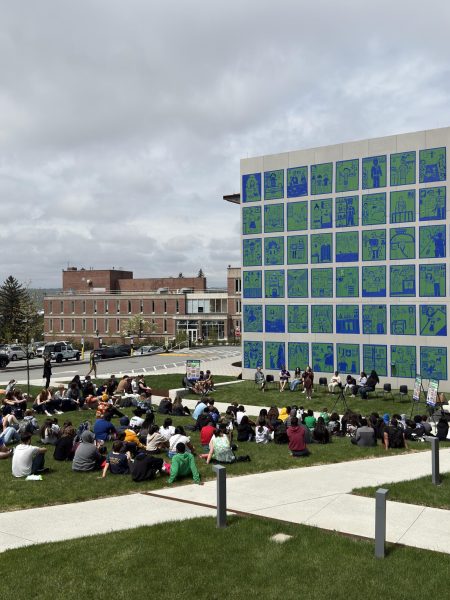
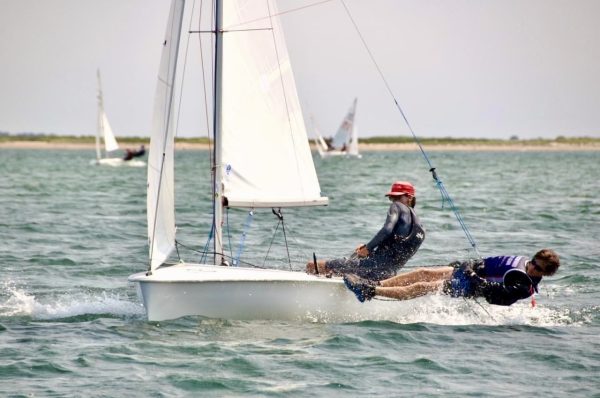
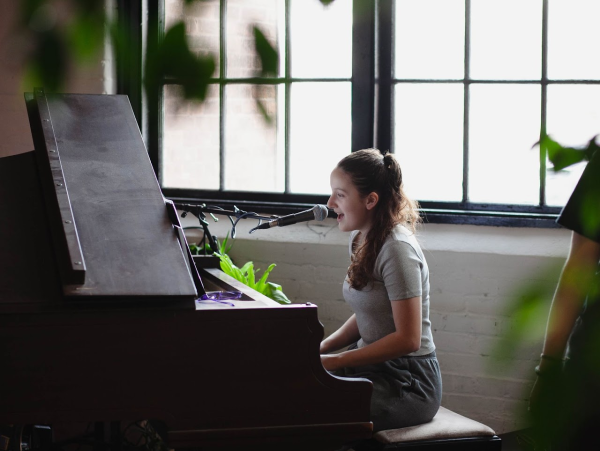
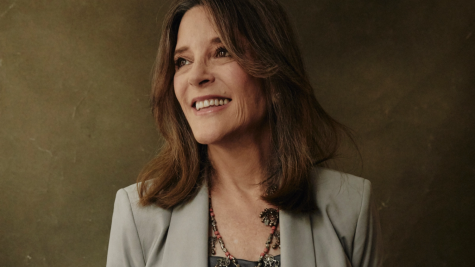
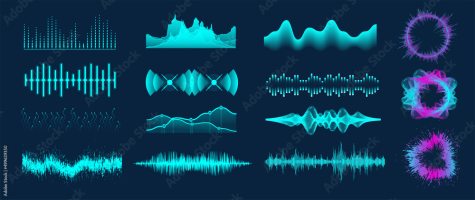
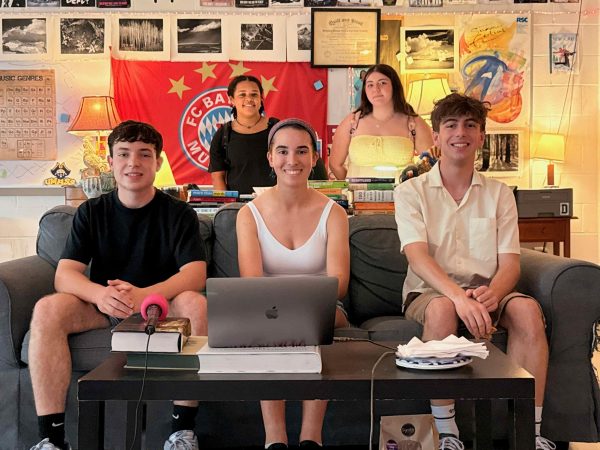
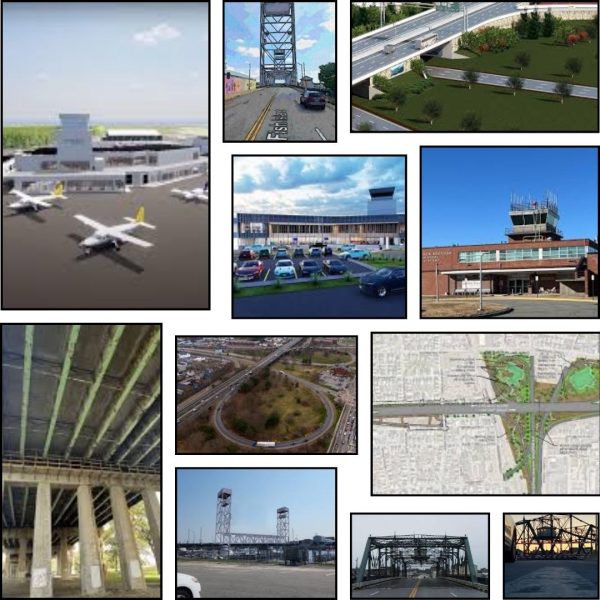
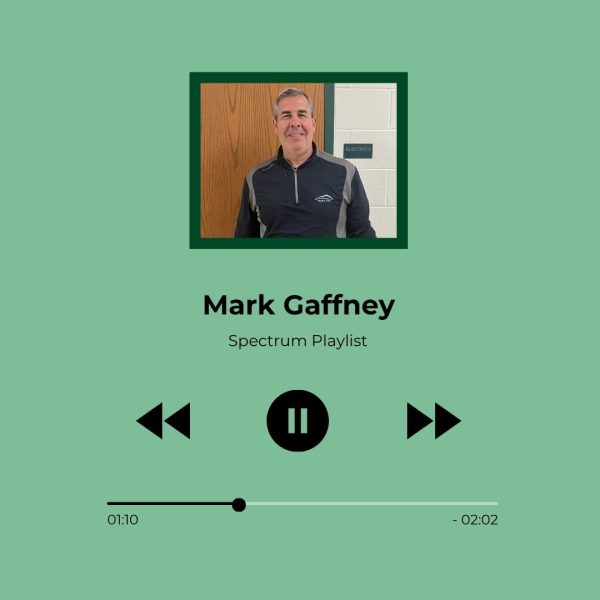
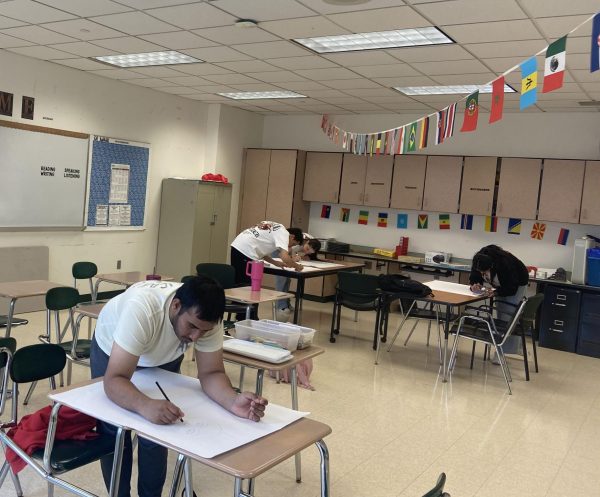

sam brodsky • Sep 29, 2018 at 9:09 am
what? how had i not ever heard of this guy? nice job finding this!
Nicole Sheahan • Apr 9, 2018 at 5:59 am
WOW! It is pretty amazing not only that a DHS grad played such a critical role in documenting history, but also that he was willing to share so much with you. What this man has seen and heard is remarkable.
The strength of writing in this reads like that of a professional journalist. Ms. Bancroft, I hope this is something you love because you have a true talent that you should definitely continue to develop.